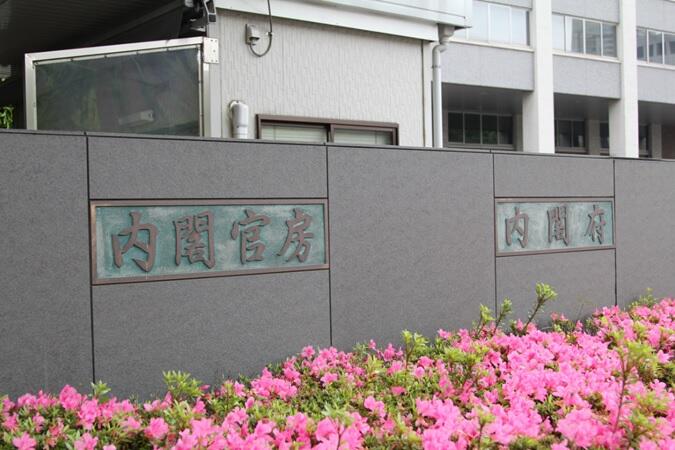The government's overall science and technology budget this fiscal year has increased by 196.2 billion yen (4%) to 5.0526 trillion yen. The Cabinet Office has published the compiled results of the science and technology-related budget in the initial FY2025 budget and the FY2024 supplementary budget. The 6th Science, Technology, and Innovation Basic Plan set a government research and development investment target of approximately 30 trillion yen for fiscal years 2021-2025. The total amount compiled so far is about 40.5 trillion yen, meaning the target has already been achieved.

In terms of the initial budget, the science and technology-related budget has been steadily increasing over the last five years from 4.1182 trillion yen in FY2021, exceeding 5 trillion yen for the first time this fiscal year. However, the reality is that many research locations do not feel these benefits. Although the Grants-in-Aid for Scientific Research (KAKENHI), Japan's largest competitive research funding source, has increased by several billion yen, this has been driven by large-scale international collaborative research with few projects adopted. Among regular categories, there is no sense that proposals have become more likely to be adopted due to increased applications. Furthermore, while recurring expenses such as the operating grants for national universities have slightly increased, there have been increases in personnel costs and complications and costs related to security export controls, and the Article Processing Charges (APCs) for open access publications have soared. Additionally, equipment, devices, and reagents imported from overseas have become more expensive due to the weak yen. The budget increases have not kept pace with these rising costs.
On the other hand, a characteristic of the budgets over these five years has been the large supplementary budgets allocated each year: 3.4653 trillion yen in FY2021, 4.6040 trillion yen in FY2022, 4.1382 trillion yen in FY2023, and 2.9831 trillion yen in FY2024. In FY2022, this exceeded the initial budget. Looking at the details, funding projects have been established for the Space Strategy Fund, Key and Advanced Technology R&D through Cross Community Collaboration Program (K Program) Fund, Program Fund for Forming Japan's Peak Research Universities (J-PEAKS), Japan Initiative for World-leading Vaccine Research and Development Fund, and many projects related to venture creation. Additionally, substantial budgets have been allocated for facilities, equipment, and device improvement costs.
Facilities, equipment, and device improvement costs do not include maintenance costs, creating a dilemma: if facilities are improved, maintenance costs squeeze recurring expenses; if they are not improved, the research environment deteriorates due to aging and obsolescence. Meanwhile, funding projects generally have specific purposes and targets, making it difficult to raise standards across the board. However, the Creative Research Promotion Fund, established in FY2020 and subsequently increased several times, has been continuously used for nurturing young researchers, so funds themselves are not inherently problematic.
The issue likely lies in the system of relying on supplemental budgets. For example, Japan's space development proceeds based on the Basic Plan on Space Policy roadmap formulated by the Strategic Headquarters for Space Development. However, implementing this requires space-related budgets to be included in many supplementary budgets as the initial budget alone is insufficient. Looking solely at this compilation, Japan's science and technology-related budget may appear sufficient, but in reality, it is being maintained at just barely adequate levels.
This article has been translated by JST with permission from The Science News Ltd. (https://sci-news.co.jp/). Unauthorized reproduction of the article and photographs is prohibited.




